The development of thermal technology began over 200 years ago in the 1800’s:
1800 – 1900
In 1800 when conducting the study of the Sun for the Royal Society of London astronomer Frederick William Herschel (1738-1822) faced the necessity to look at the Sun’s surface and its spots. For this purpose, he used plates of darkened glass of different colours (light filters). In the process of work, he noticed that some of the plates were warmer than others, it made him think that temperature depends on a plate’s colour. To check this idea Herschel divided sunlight into a spectrum with the help of glass prism and measured temperature of each section of light. He noticed that the temperature increased from violet to red.
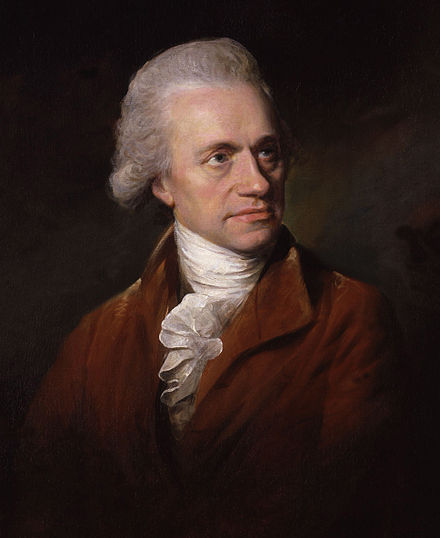
To his surprise, Herschel also noticed that beyond the red light sector instead of decreasing the temperature was higher. This fact made him think that there are invisible rays of light beyond the red light. Further experiments showed that these rays possess the same qualities of diffraction and dispersion as light rays. In his works, Herschel used terms ’radiant heat’ and ‘heat rays’. The term ‘Infrared’ appeared later in 19th century.
The researches were interested in the question of whether the objects with different temperatures emit heat rays identically. The answer to this question was found by Machedonio Melloni. A Thermomultiplier device invented by him allowed wavelengths in the IR spectrum to be registered in the range up to 1.94 µm.
The next important step in the development of technology was the invention of bolometer by a Swedish mathematician called Adolf Ferdinand Svanberg from Uppsala University, who came up with the idea to place a thin darkened metal plate in infrared radiation and measure the change of its resistance.
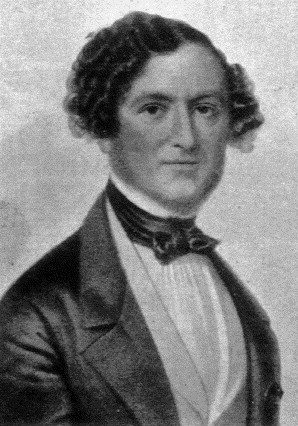
In 1878 American astronomer and physicist Samuel Pierpont Langley has perfected the design of bolometer. His bolometer consisted of two thin metal plates, connected with a Wheatstone bridge circuit where plates were legs of it and a galvanometer in the centre to take measurements.
The plates were placed close to each other and one of them was covered in soot to increase sensitivity. Under the influence of infrared radiation, the resistance of the darkened plate was changing and this change was registered by galvanometer in the circuit. The method appeared to be more effective and easier than thermopiles.

1930 – 1950
From 1930 to 1950 developments of thermal imagers were conducted in several European countries, which was stimulated by tense political situations and later war. During this time the first samples of single-element devices were produced - evaporographs, vidicons. With various effectiveness, they were used for detecting enemy forces. In 1929 in Great Britain a first TV system for detecting enemy aeroplanes was invented. In 1942 the German army successfully applied evaporographs for communication in the battlefield.
1950 – 1960
In the 1950 and 60’s Texas Instruments, Hughes Aircraft, together with Honeywell developed single-element detectors, that could scan a scene and produce a linear image. However, due to the high cost and technical limitations, the military decided not to continue the project.
1978
In 1978 the research and development department of Raytheon patented ferroelectric detectors based on barium strontium titanate (BST). In 1980 US government allocated grants to development of thermal imaging systems for military applications for two companies – Raytheon developing systems based on (BST), Honeywell developing systems based on vanadium oxide (VOx).
1986
In 1986 in France Thales, Sagem and CEA-LETI founded Sofradir, which was developing microbolometers based on mercury cadmium telluride (MCT) and quantum well infrared photodetector (QWIP, InGaAs). These photodetectors were applied successfully in the military and space exploration. In 2000 ULIS company was founded to make IR detectors based on amorphous silicon (ASi) for the civilian market.
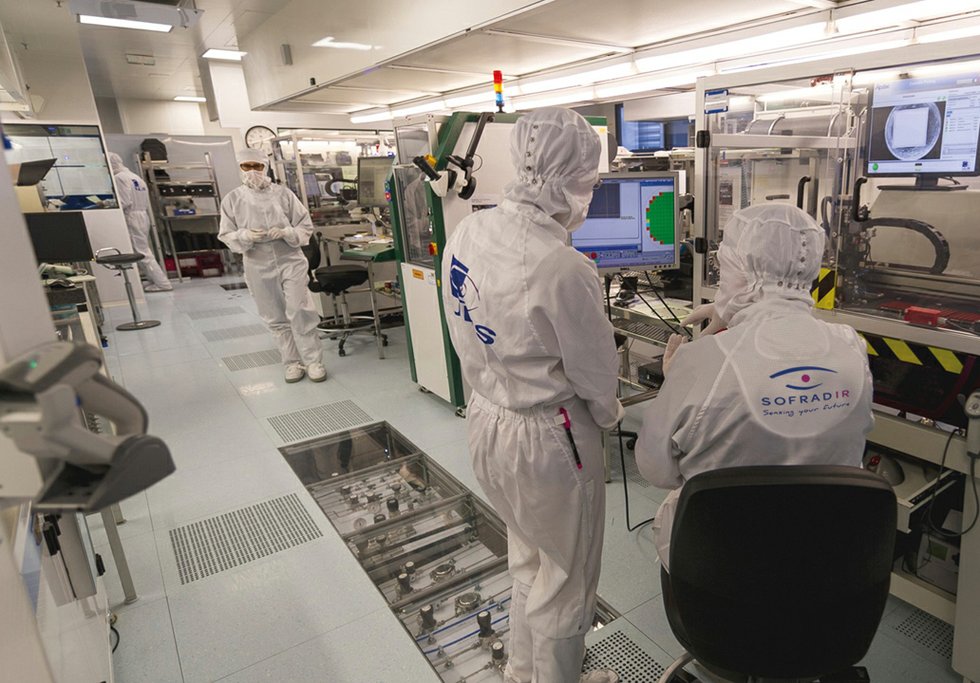
 Thermion 2 LRF XL50
Termovizoriniai taikikliai
Thermion 2 LRF XL50
Termovizoriniai taikikliai
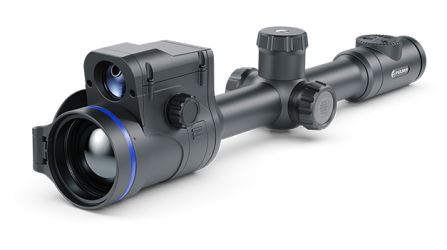 Thermion 2 LRF
Termovizoriniai taikikliai
Thermion 2 LRF
Termovizoriniai taikikliai
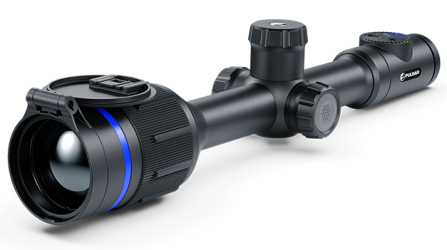 Thermion 2
Termovizoriniai taikikliai
Thermion 2
Termovizoriniai taikikliai
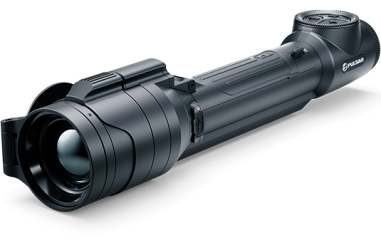 Talion
Termovizoriniai taikikliai
Nauja
Talion
Termovizoriniai taikikliai
Nauja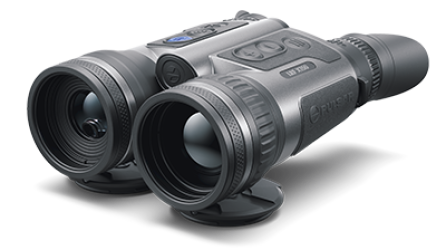 Merger LRF XT50
Termoviziniai žiūronai
Merger LRF XT50
Termoviziniai žiūronai
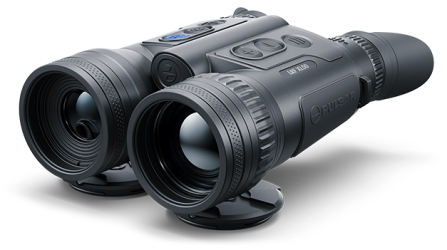 Merger LRF XL50
Termoviziniai žiūronai
Merger LRF XL50
Termoviziniai žiūronai
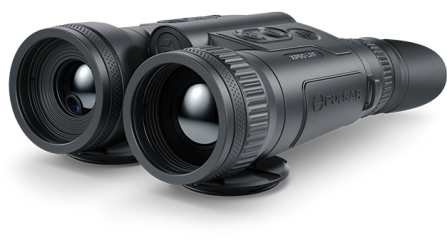 Merger LRF XP50
Termoviziniai žiūronai
Nauja
Merger LRF XP50
Termoviziniai žiūronai
Nauja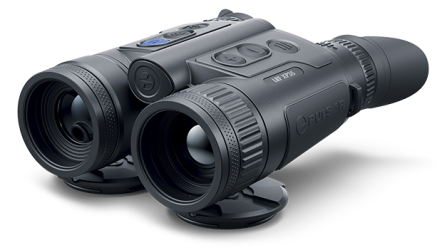 Merger LRF XP35
Termoviziniai žiūronai
Merger LRF XP35
Termoviziniai žiūronai
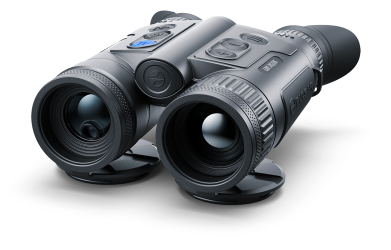 Merger LRF XQ35
Termoviziniai žiūronai
Nauja
Merger LRF XQ35
Termoviziniai žiūronai
Nauja Telos
Termovizoriai
Nauja
Telos
Termovizoriai
Nauja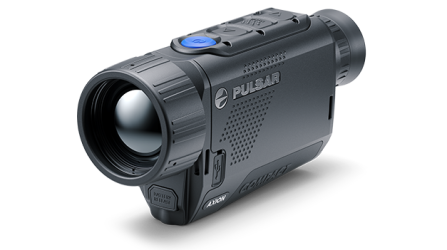 Axion Compact
Termovizoriai
Axion Compact
Termovizoriai
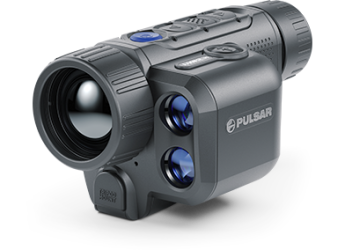 Axion 2 LRF
Termovizoriai
Axion 2 LRF
Termovizoriai
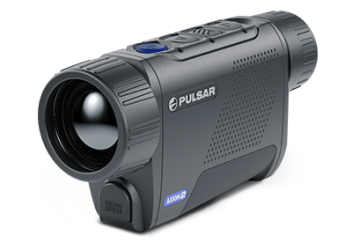 Axion 2
Termovizoriai
Nauja
Axion 2
Termovizoriai
Nauja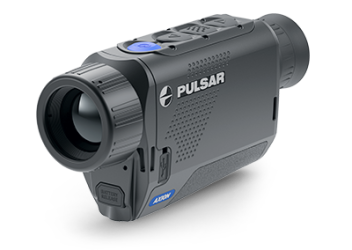 Axion XQ30 PRO
Termovizoriai
Axion XQ30 PRO
Termovizoriai
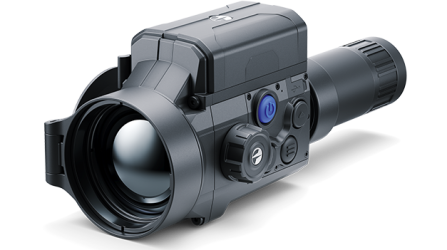 Krypton 2
Termovizoriai
Krypton 2
Termovizoriai
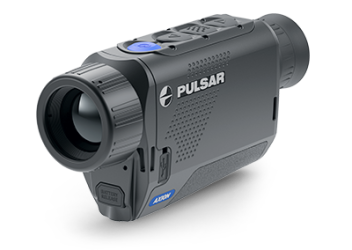 Axion XM30F
Termovizoriai
Nutraukta
Axion XM30F
Termovizoriai
Nutraukta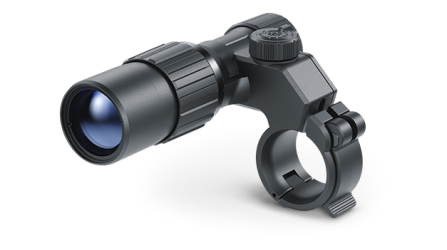 Pulsar Digex-XS
Išoriniai Infraraudonųjų Spindulių Apšvietimo Irenginiai
Pulsar Digex-XS
Išoriniai Infraraudonųjų Spindulių Apšvietimo Irenginiai
 APS matinimo šaltiniai
Maitinimo šaltiniai
APS matinimo šaltiniai
Maitinimo šaltiniai
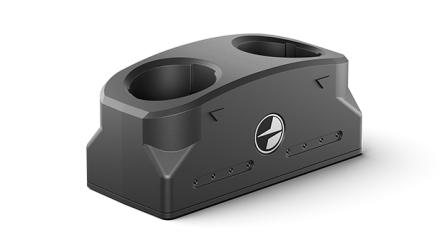 APS baterijų įkroviklis
Akumuliatoriaus kroviklis
APS baterijų įkroviklis
Akumuliatoriaus kroviklis
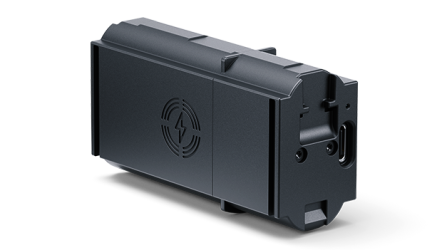 LPS 7i baterijos
Maitinimo šaltiniai
LPS 7i baterijos
Maitinimo šaltiniai
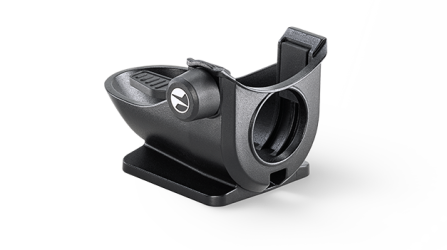 Telos LRF Tripod Adapter
Pulsar priedai
Telos LRF Tripod Adapter
Pulsar priedai
 IPS matinimo šaltiniai
Maitinimo šaltiniai
IPS matinimo šaltiniai
Maitinimo šaltiniai
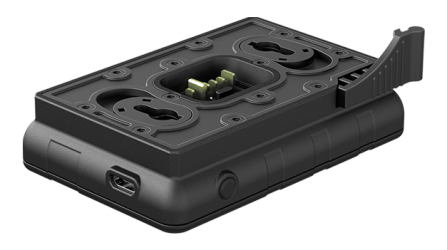 Akumuliatoriaus kroviklis IPS
Akumuliatoriaus kroviklis
Akumuliatoriaus kroviklis IPS
Akumuliatoriaus kroviklis
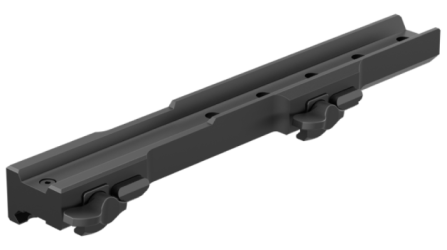 Laikikliai šautuvams
„Pulsar“ prietaisams
Laikikliai šautuvams
„Pulsar“ prietaisams
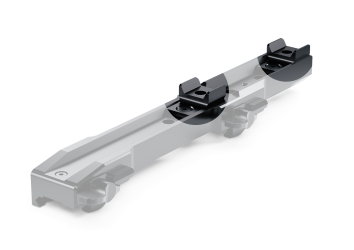 H7 Spacers
Taisymo rinkiniai
Nauja
H7 Spacers
Taisymo rinkiniai
Nauja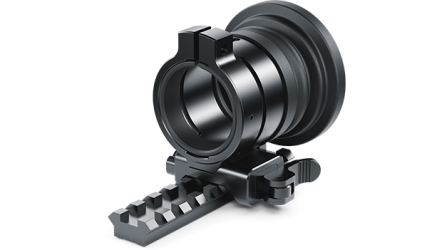 PSP-V Weaver Rail Adapter
Adapter
PSP-V Weaver Rail Adapter
Adapter
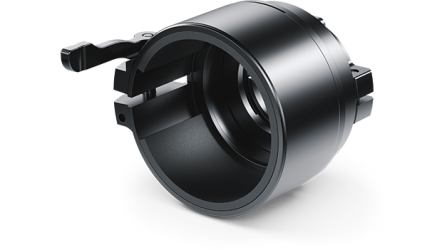 PSP Ring Adapters
Adapters
Nauja
PSP Ring Adapters
Adapters
Nauja PSP-B jungiamasis žiedas
Jungiamieji žiedai
PSP-B jungiamasis žiedas
Jungiamieji žiedai
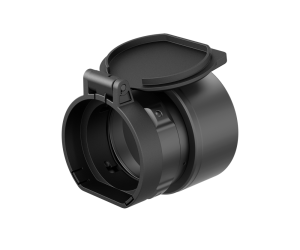 FN jungiamieji žiedai
Jungiamieji žiedai su dangteliu
FN jungiamieji žiedai
Jungiamieji žiedai su dangteliu
 Belaidis nuotolinio valdymo pultelis
termovizoriams ir skaitmeniniams įrenginiams
Belaidis nuotolinio valdymo pultelis
termovizoriams ir skaitmeniniams įrenginiams
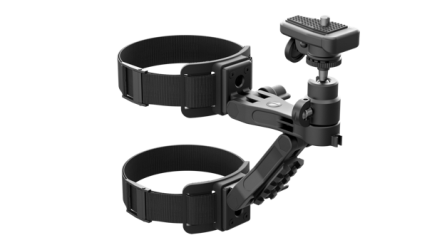 Tvirtinimas prie medžio
Pulsar priedai
Tvirtinimas prie medžio
Pulsar priedai
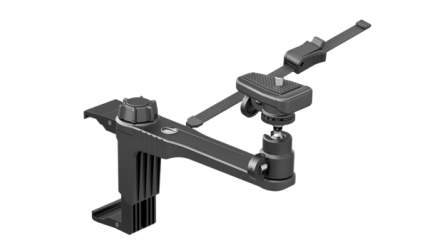 Window Frame Mount
Pulsar priedai
Window Frame Mount
Pulsar priedai
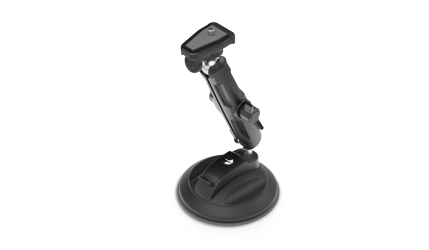 Tvirtinimas prie stiklo
Pulsar priedai
Tvirtinimas prie stiklo
Pulsar priedai
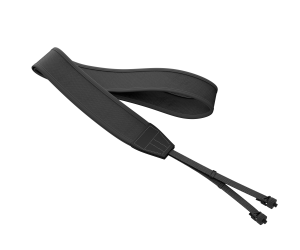 Kaklo dirželis
Pulsar priedai
Nauja
Kaklo dirželis
Pulsar priedai
Nauja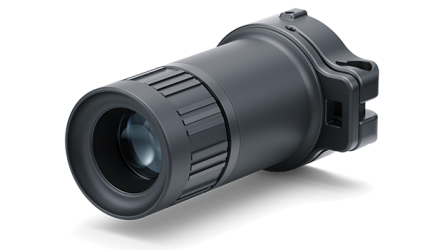 Monoklis „Pulsar 3x20 B“
Priedai
Monoklis „Pulsar 3x20 B“
Priedai
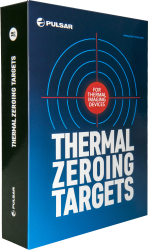 Šiluminiai prišaudymo taikiniai
Priedai
Šiluminiai prišaudymo taikiniai
Priedai









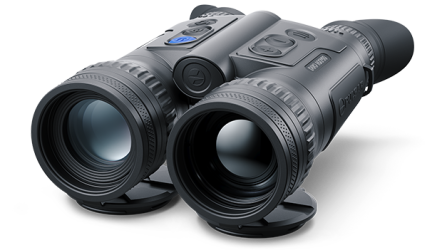
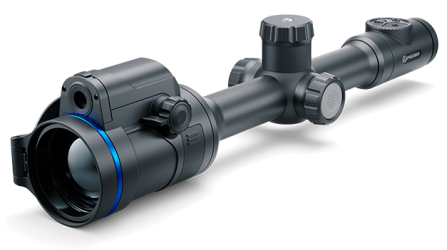
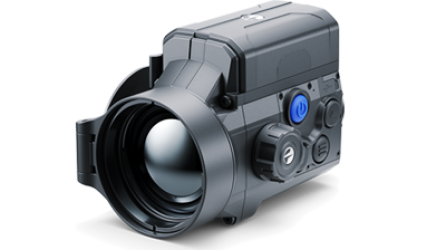
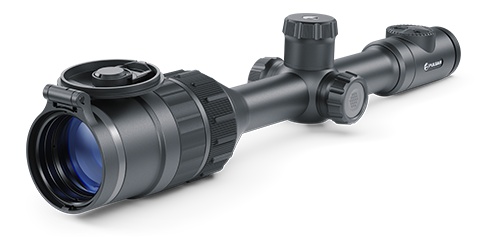
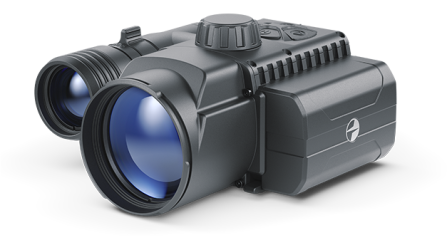
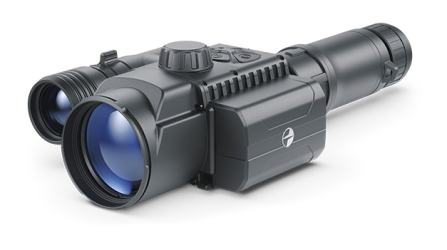



 English
English German
German French
French Spanish
Spanish Italiano
Italiano English
English Lietuvių
Lietuvių


